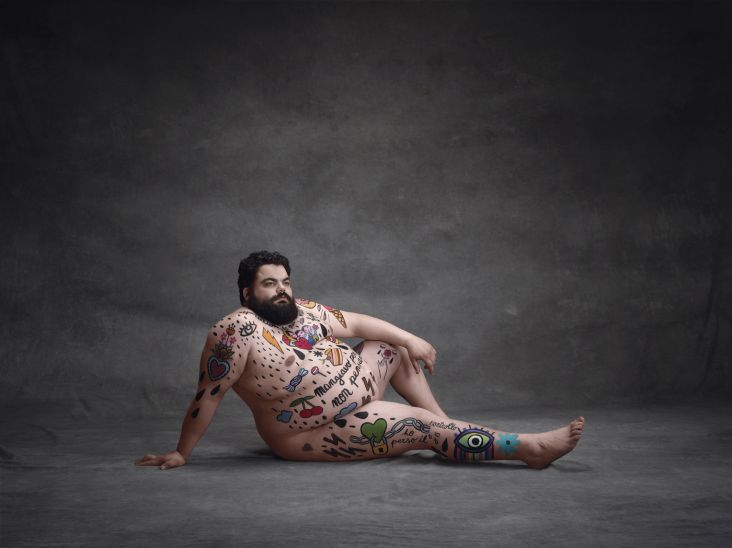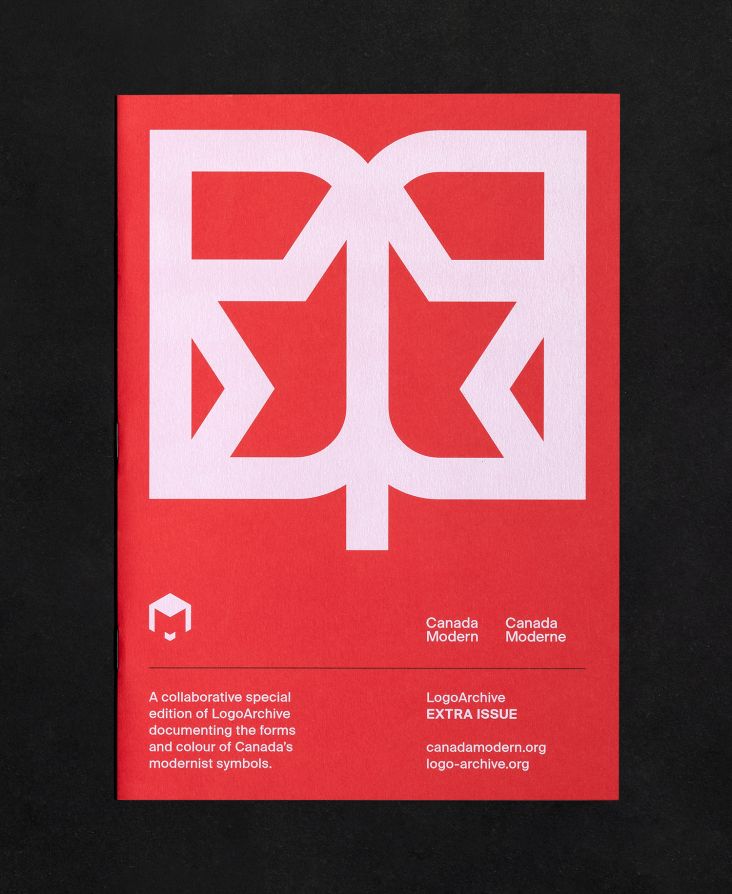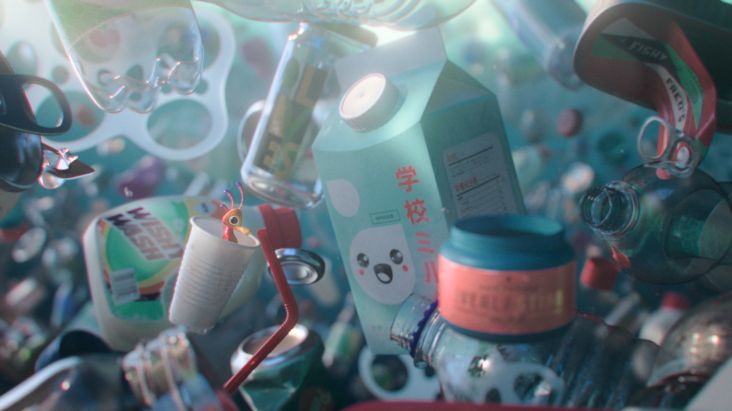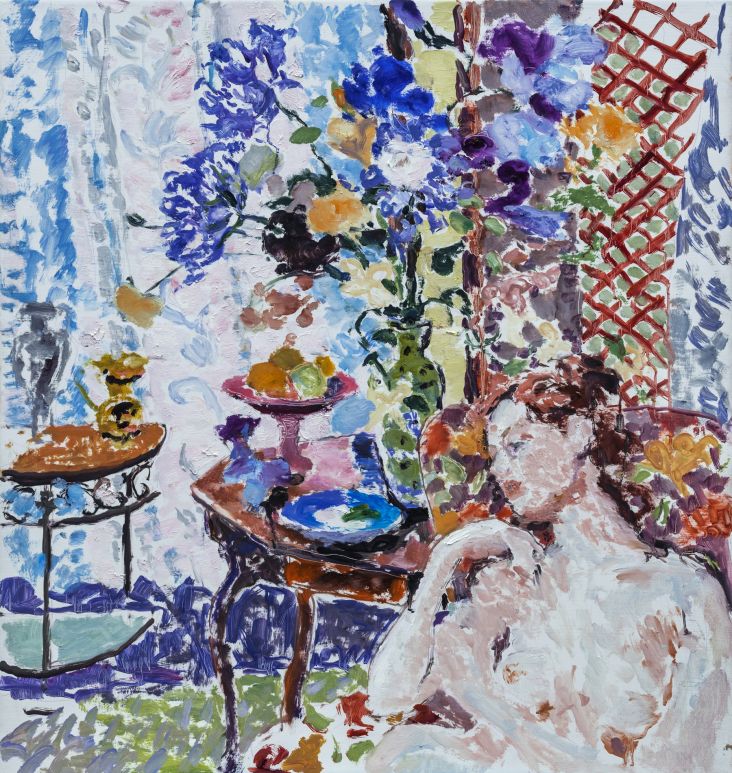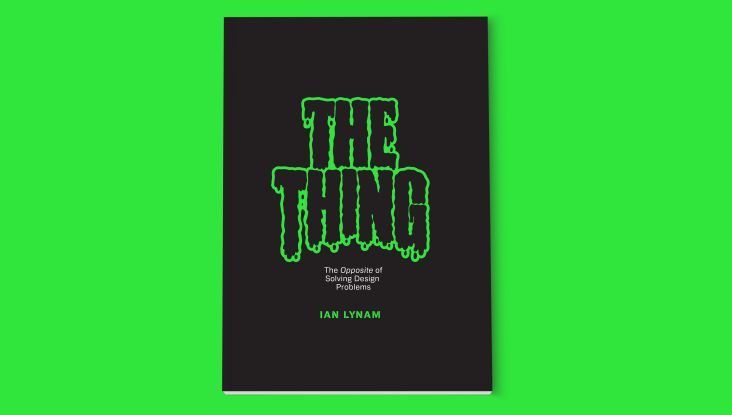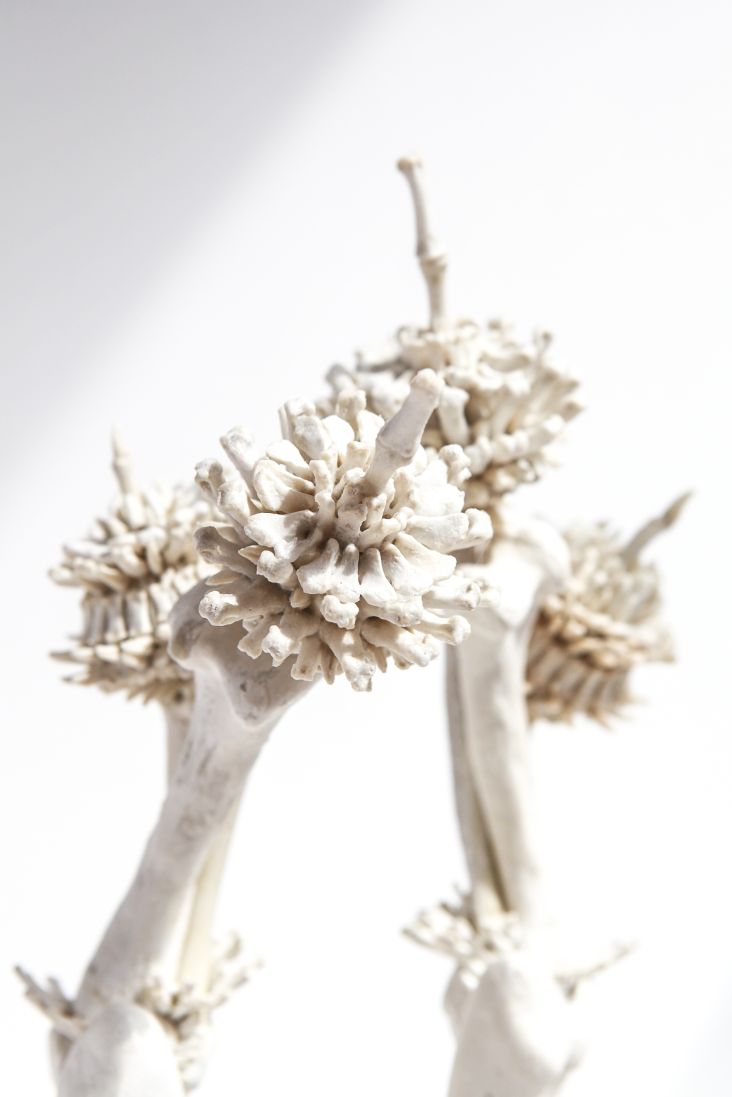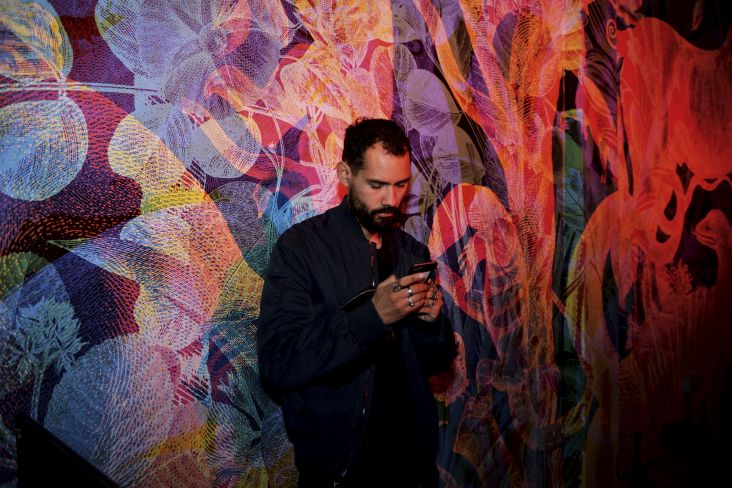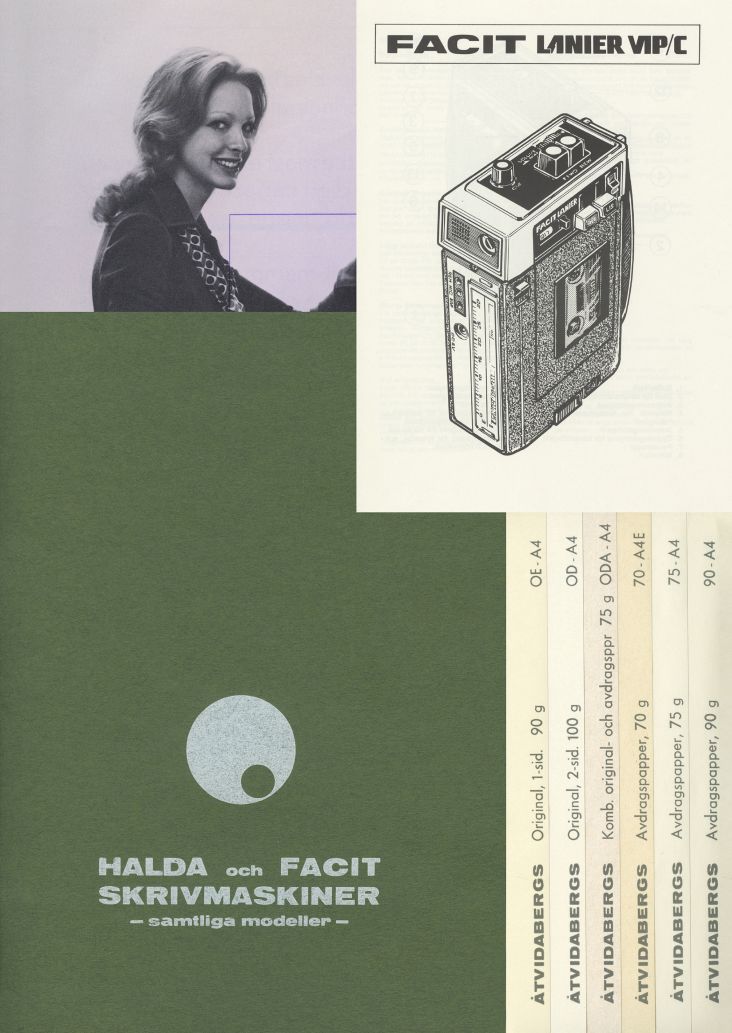Carolyn Genders on lessons learnt from four decades of surviving and thriving as a ceramic artist
This May, ceramic artist Carolyn Genders will present a new body of work in Sentience, an exhibition of over 40 works in clay at the Contemporary Ceramics Centre, London.
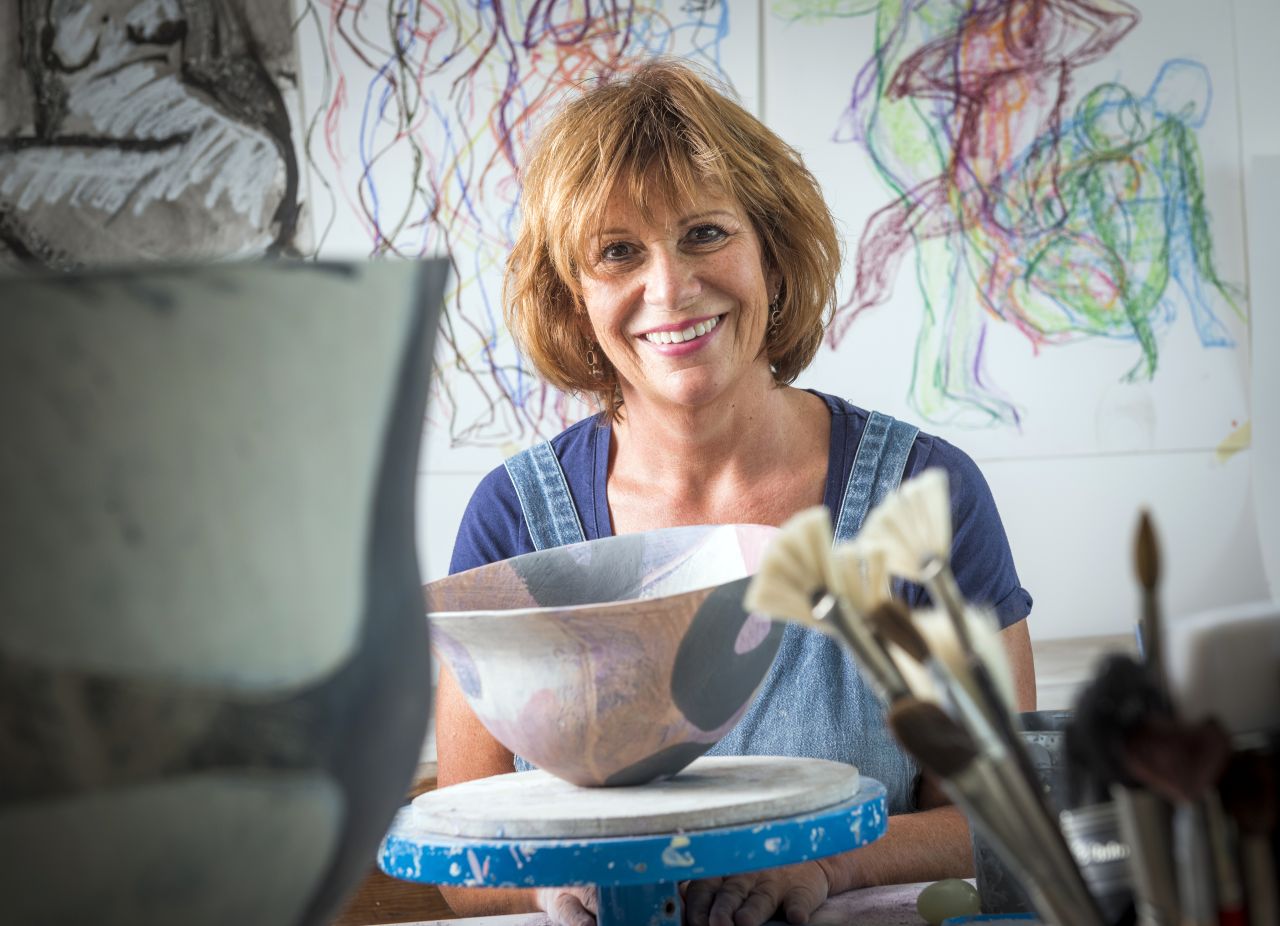
Carolyn creates bold, asymmetric sculptural vessels and forms in white earthenware with surfaces painted with abstracted imagery.
She works by responding to both her material and to the rhythms of the form as she moves around inscribing marks, incising and scarifying through layers of matt vitreous slips and burnished terra sigillata. Her finished pieces unite the physicality of working with clay with the potential of the created surfaces. We chatted to Carolyn about this and more.
You've survived nearly 40 years of working for yourself. What have been the key ingredients to your success?
It has to be about the quality of the work. Behind that are passion, hard work and rigour and an enquiring mind. My favourite question to myself is: "What if?"
As an artist you have to be really critical of yourself, be single-minded and focused, work incredibly hard and be flexible and open. You also have to learn to pick yourself up when things don’t go according to plan and just keep going. My work comes first and I have always been true to myself; I’m not a maker or a designer, I’m foremost an artist and my work is about expressing myself.
Every survivor embraces change. What have been the biggest changes you've seen since starting out?
The biggest change is the Internet. It is a wonderful, powerful thing on so many levels, but it has also changed the way we relate to each other and build relationships.
I have spent my career establishing relationships with galleries, which have been built through years of conversations and face-to-face contact and therefore have loyalty on both sides. It’s harder for artists now as so many of the galleries on the street have gone and communication so often happens online, so it’s more difficult to develop personal connections.
As artists, we are expected to share so much through platforms like Instagram, but this can take away from the carefully nurtured, personal relationships and interactions that are so important to a creative journey.
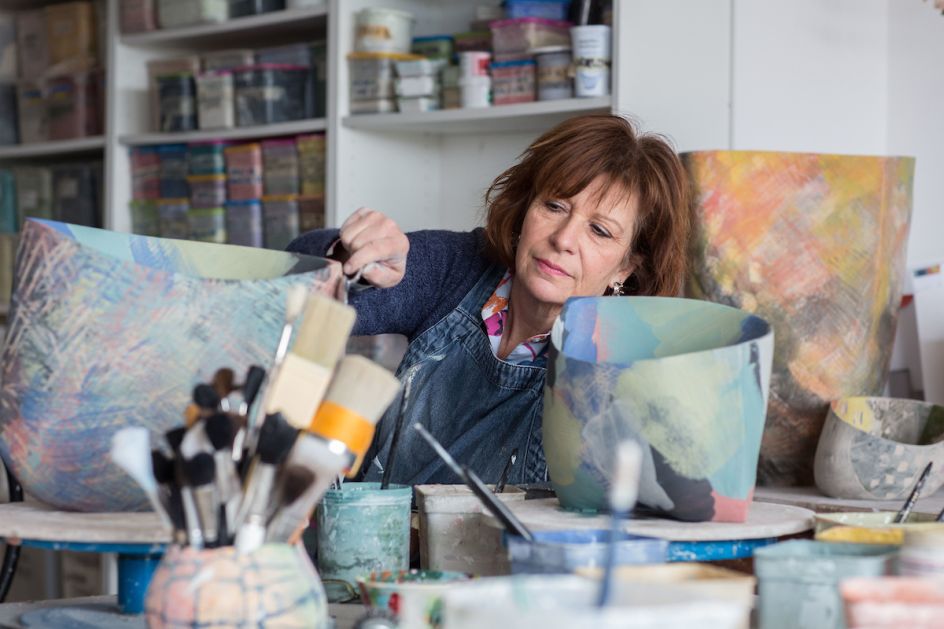
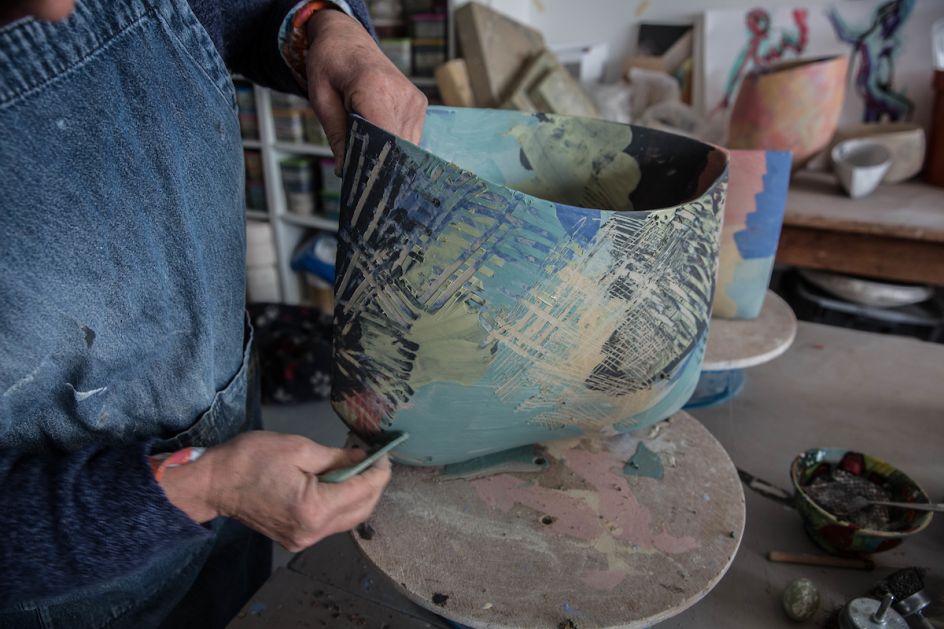
Did you always know you wanted to be a ceramicist?
It seemed natural to follow a creative path, and I discovered clay early on, but when I first went to art school I wasn’t sure that I wanted to specialise in ceramics. So I chose to do wood, metal, ceramics and plastics as my first degree. I really enjoyed working across the different disciplines but quickly realised that clay was my thing!
I’ve always painted, so that’s always been central to my practice but the three-dimensional element is intrinsic. Working with other materials and learning techniques relevant to each material gave me a breadth of vision but I chose to work in clay because I found it to be the most challenging – and therefore enjoyable - material to work with.
Can you talk us through your process, from start to finish?
Before I do anything I draw. It is my thought process and through it, I express weight, line, volume and rhythm. I do not draw to represent the subject but use marks, areas of colour and gestures that capture the essence. When I am in the studio and the making starts, I clear sketchbooks and drawings away, apart from loose working sketches and get going.
My clay pieces are all hand-built in white earthenware with surfaces painted with abstracted imagery. I can throw – and it’s a useful skill – but it’s not how I choose to work; I much prefer the rhythm and pace of hand-building and I respond to my material as I work.
Pieces are built or coiled slowly over time as the clay needs to firm up as the form grows. Then there’s lots of scraping and refining of the forms. When completed, I work on the surfaces - inscribing marks, incising and scarifying through layers of matt vitreous slips and burnished terra sigillata. Once I start a group of pieces I work consistently on them as there’s a natural rhythm to the making and the clay must not dry out.
I then paint the surfaces with slips, which for me are the nearest thing to using paint. Slips are liquid clay coloured with oxides and industrial stains. I then burnish the surfaces creating a silky pebble-worn patina, before leaving the works to dry out thoroughly before firing. I like to pack the kiln tightly to get an even firing and once-fire in an electric kiln - the joy of a slip!
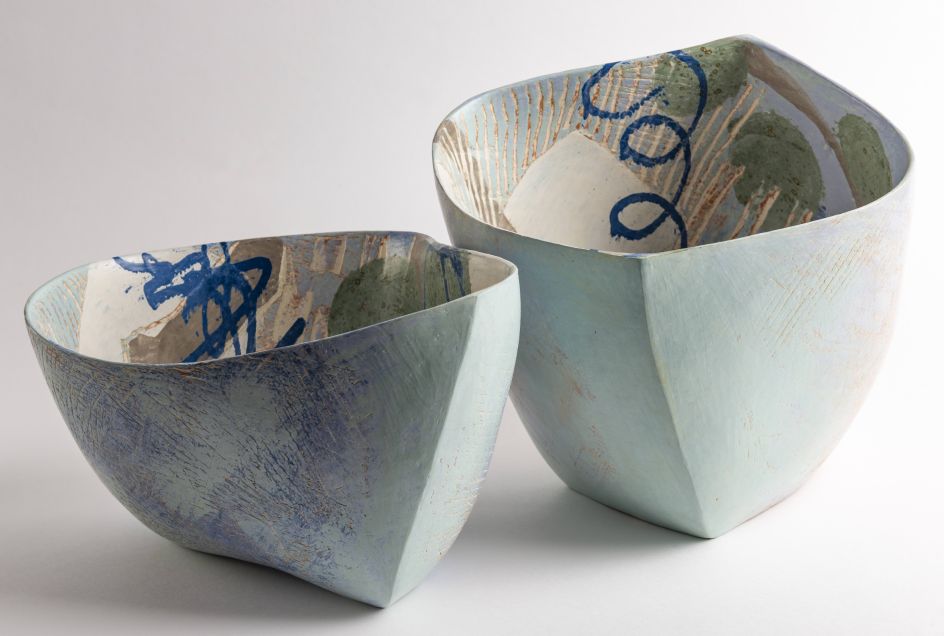
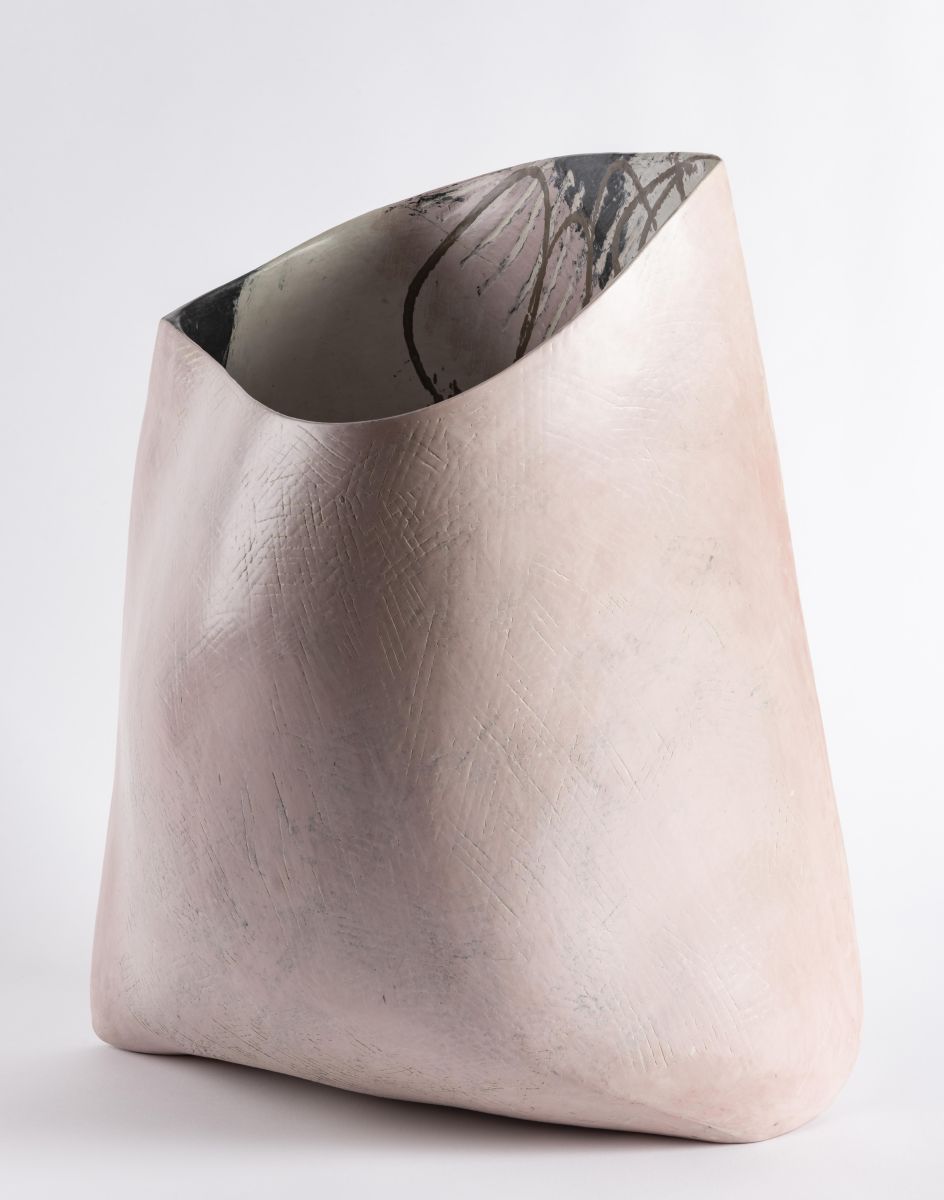
You have a new exhibition entitled Sentience. Tell us more
For Sentience, I will be presenting a completely new body of work. I’ll be showing over 40 sculptural vessels and form works in clay, including a collection of monochrome pieces, alongside some of my monoprints. The title Sentience refers to the action of feeling and my physical and intuitive response to my chosen material.
Is it true you were born in Singapore?
Yes! But I came back to the UK when I was three. My mother was Viennese but was brought-up in Indo-China, and my father worked in Hong Kong before Singapore so there was a Far-Eastern influence in my childhood.
You now live on the south coast of England, by the sea. What's it like working from there?
It’s wonderful for me as an artist as I have a big, light-filled studio and a sea view, but the surroundings don’t really influence my work. I live in a village called Rottingdean, which has a somewhat colourful historical past due to many of its residents being involved in smuggling.
It’s also a place that has attracted a lot of artists in the past such as Edward Burne-Jones and Rudyard Kipling and lots of film stars stayed in the Tudor Close Hotel in the village. It’s an interesting and friendly village and as an artist, I feel I fit in well.
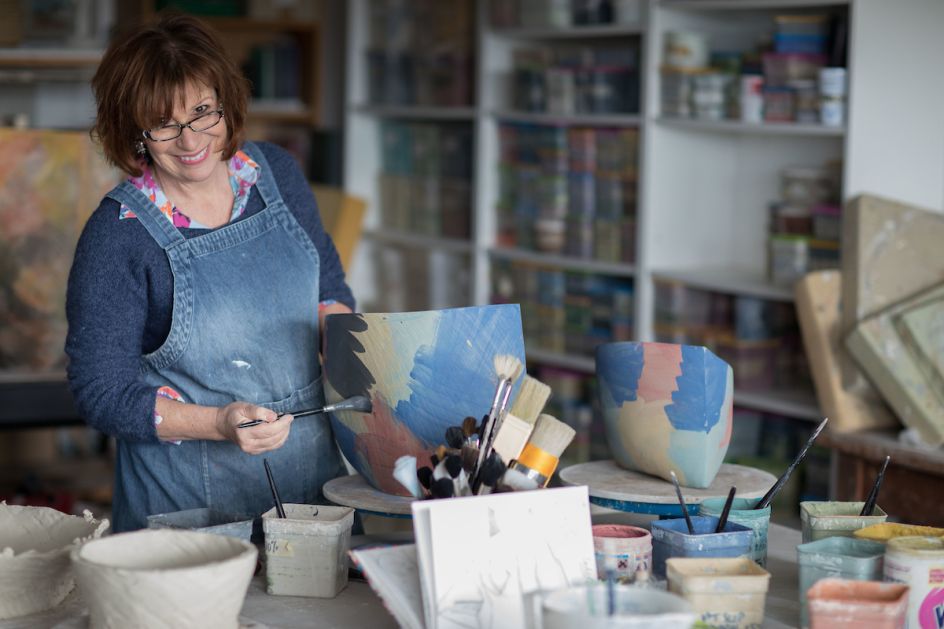
Do your surroundings inspire your work? What else inspires you?
Not so much. My main inspiration is colour, which I realise more and more is fundamental to my wellbeing: artistically and in life. Colour is looking, and I am constantly experimenting and using external stimuli to inform the colour combinations that I use – be they my environment, or the work of painters such as Giotto, Rothko, and in fact, any artist who uses colour thoughtfully and with rigour.
What have you seen lately that made you smile?
I’m a naturally cheerful person and I get great pleasure from small things so I often smile.
What advice would you share with anyone looking to start their own creative business?
Do it! But only if there is nothing else you would consider doing. Be prepared to work hard and keep going. A creative life is an unconventional life, but it’s an incredibly rich, broad and fulfilling one.
Sentience is at the Contemporary Ceramics Centre until 25 May 2019 and is part of London Craft Week (8 to 12 May 2019). Find out more at www.carolyngenders.co.uk.




 by Tüpokompanii](https://www.creativeboom.com/upload/articles/58/58684538770fb5b428dc1882f7a732f153500153_732.jpg)


 using <a href="https://www.ohnotype.co/fonts/obviously" target="_blank">Obviously</a> by Oh No Type Co., Art Director, Brand & Creative—Spotify](https://www.creativeboom.com/upload/articles/6e/6ed31eddc26fa563f213fc76d6993dab9231ffe4_732.jpg)








